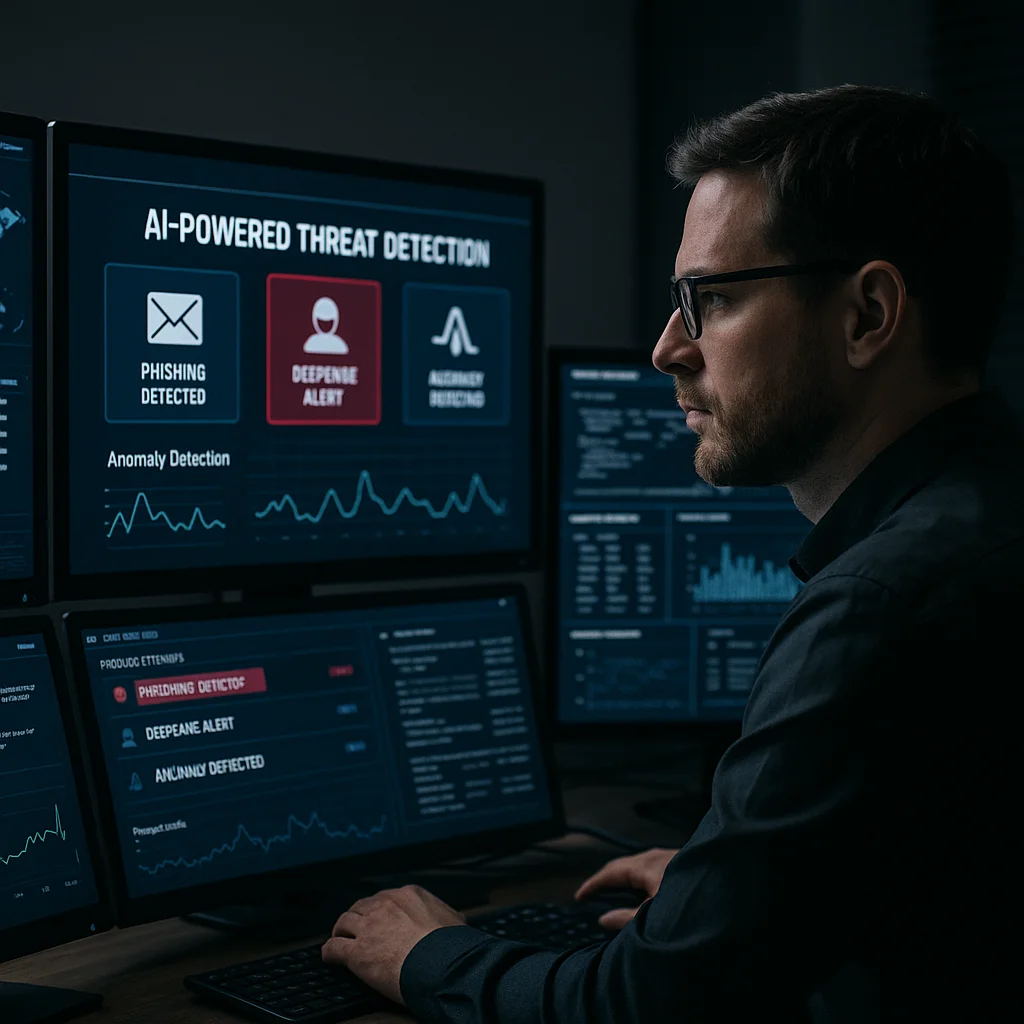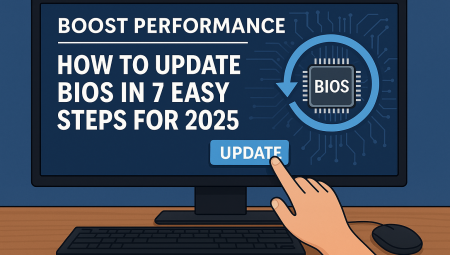Turkey’s financial ecosystem is rapidly transforming—and at the heart of this evolution lies digital banking. With the rise of personalized AI, open banking APIs, and a growing Gen Z user base, the industry is entering an era of unprecedented customer-centric innovation. In this comprehensive 2025 guide, we’ll break down the key digital banking trends in Turkey, explain what’s driving them, and explore why now is the time to embrace AI-driven personalization and open banking frameworks.
Who Should Read This Article?
This article is tailored for:
-
Fintech professionals and digital banking strategists
-
Technology enthusiasts, developers, and AI innovators
-
Digital marketers, CX leaders, and UX designers
-
Startups and neo-banks entering the Turkish financial sector
-
Academics, policymakers, and investors tracking fintech growth in emerging markets
What Are the Key Digital Banking Trends in Turkey for 2025?
Digital banking in Turkey is entering a maturity phase—but with fresh challenges and bold new opportunities. Key trends include:
-
AI-driven hyper-personalization
-
Open banking API integrations
-
Smart onboarding & biometric security
-
Embedded finance solutions
-
Gamification of savings & spending
-
Rise of digital-only banks (e.g., Enpara, Papara, Colendi)
Let’s explore the most disruptive ones in depth.
Personalized AI: The New Standard in Digital Engagement
Turkish users, especially millennials and Gen Z, no longer tolerate generic banking experiences. In 2025, banks are leveraging AI-driven personalization to deliver:
-
Predictive budgeting tips based on past spending
-
Real-time credit score updates & loan offers
-
AI-powered chatbots that act more like financial coaches
-
Behavior-triggered alerts (e.g., savings challenges, spending limits)
The goal? Turn mobile banking apps into daily-use platforms, not just payment tools.
Why Open Banking Is Critical in Turkey Now
As of 2023, Turkey’s Open Banking Regulation (OBR) began aligning with EU’s PSD2 directives. In 2025, we’re seeing:
-
Rapid integration of open APIs by traditional banks like İş Bankası and Akbank
-
Fintechs like Moka, Param, and Paycell leveraging open banking to offer personalized credit risk analysis or multi-bank dashboards
-
SMEs and freelancers using third-party accounting tools directly linked to bank data
Open banking enables customer ownership of financial data—a huge step toward ecosystem innovation and healthy competition.
Smart Onboarding and Biometric Verification Are Becoming Default
The old, friction-filled KYC processes are being replaced by:
-
Facial recognition for app login
-
NFC-based ID scanning for account opening
-
AI-based risk profiling during onboarding
This results in:
-
Onboarding times reduced from 3 days to under 10 minutes
-
Better fraud detection
-
Improved first-time user retention
Embedded Finance Is Entering E-Commerce and Retail in Turkey
E-commerce platforms like Trendyol and Hepsiburada are integrating Buy Now, Pay Later (BNPL), insurance, and credit services—powered by embedded finance partnerships with fintechs.
Turkish banks are also collaborating with large platforms to offer:
-
Instant loans at checkout
-
Micro-investment tools in shopping apps
-
Loyalty-point conversions to savings
Gamification and Micro-Saving: A Gen Z Favorite
Digital banks are using behavioral science to drive saving habits:
-
Daily reward streaks
-
Virtual piggy banks
-
Goal-based savings challenges
-
Social comparisons to encourage positive peer pressure
Apps like Papara and Ziraat Mobil are leading the way here.
Real-Time Payments and 24/7 Services Are the Norm
With the FAST (Fonların Anlık ve Sürekli Transferi) system maturing, Turkish users now expect:
-
Real-time peer-to-peer transfers
-
24/7 customer service via AI
-
Instant salary advance options
Summary of Why AI and Open Banking Matter More Than Ever
Banks that don’t adopt personalized AI and open banking in 2025 risk:
-
Losing younger users to digital-native apps
-
Falling behind in customer retention
-
Becoming data blind in a data-driven economy
These technologies enable not just better service, but real-time customer understanding and next-gen monetization strategies.
Pro Tips: Expert Advice for Digital Banking Success in 2025
-
Invest in NLP-powered AI tools to humanize customer interaction.
-
Collaborate with fintech startups instead of viewing them as competition.
-
Use behavioral analytics to drive tailored financial wellness campaigns.
-
Build open APIs to ensure flexibility in ecosystem partnerships.
-
Train staff in digital empathy—even chatbots need humanlike tone.
-
Make financial data visual to increase user comprehension and trust.
Frequently Asked Questions (FAQ)
What is driving digital banking growth in Turkey?
A tech-savvy young population, government-led fintech incentives, mobile-first consumer habits, and regulatory shifts around open banking are the key drivers.
How secure is AI personalization in digital banking?
With GDPR and KVKK frameworks in place, AI tools are being developed with privacy by design principles, ensuring customer data is anonymized and securely stored.
Are digital-only banks overtaking traditional banks?
Not entirely, but they’re capturing Gen Z and freelance markets rapidly. Traditional banks must digitize or risk losing relevance in the mobile-first age.
What are the biggest challenges for digital banks in Turkey?
User trust, data security, low digital literacy in older populations, and integration speed with legacy systems remain the biggest hurdles.
How can a new fintech enter Turkey’s market in 2025?
Partner with a licensed e-money institution or apply for regulation through the Central Bank of Turkey. Focus on underserved niches like freelancers or SMEs.
What Do You Think?
Are you using digital-only banks or AI-powered apps in Turkey?
👇 Leave a comment below to share your experience or favorite innovation.



